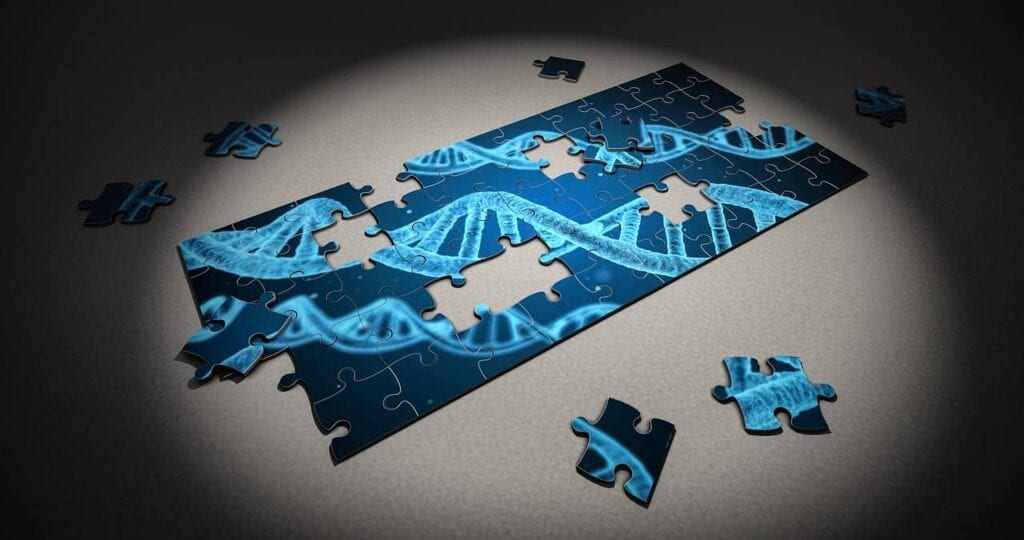Currently, over 200 different mutations are linked to the development of best vitelliform macular degeneration (BVMD, or Best disease). But while certain treatments may treat certain mutations, there has been no treatment option for all forms of Best disease – until now. In a study published in the American Journal of Human Genetics, researchers posited that a specific two-part gene therapy might be the answer to this unmet need.
Best Disease
Best vitelliform macular degeneration, or Best disease, is a progressive form of macular degeneration that results in blindness. Resulting from BEST1 gene mutations, Best disease generally begins with mild vision loss in adolescence and progresses throughout adulthood. As the condition worsens, the retinal pigment epithelium in the eye begins to atrophy and break down. In most cases, Best disease is inherited in an autosomal dominant manner. Treatments include laser treatments, photodynamic therapy, vision aids, and medications.
Symptoms vary in severity and may include:
- Difficulty seeing detail
- Metamorphopsia, or vision changes making things seem curved or rounded
- Vision loss
- Macular cyst
Learn more about Best disease here.
Is Gene Therapy the Solution?
Previously, researchers treated certain BEST1 mutations through stem cells. After utilizing the stem cells, researchers repaired broken or damaged copies of the gene. While this approach was effective, it did not work for all patients with Best disease. Researchers began to wonder if CRISPR could do the trick.
Genome editing involves changing those sequences, thereby changing the messages. This can be done by inserting a cut or break in the DNA and tricking a cell’s natural DNA repair mechanisms into introducing the changes one wants.
Additionally, researchers discovered markers to tell apart mutations that would best respond to gene augmentation vs. CRISPR. Moving forward, this offers the opportunity to more widely treat patients with Best disease.
Read the source article here.






